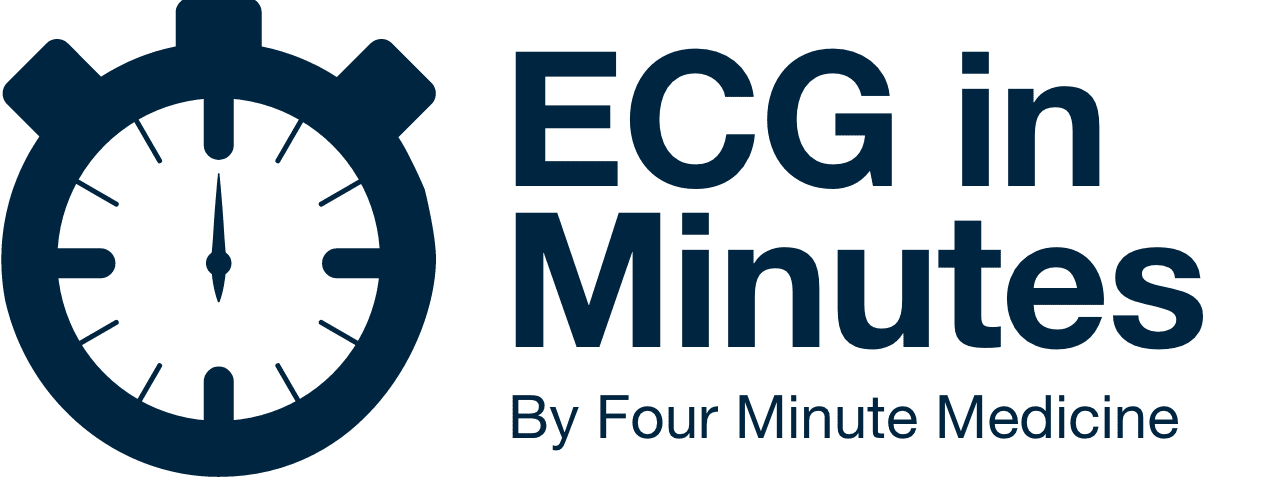About Course
Overview
This ECG course is designed to equip learners with the essential fundamentals for interpreting ECGs. The Foundations module provides a thorough overview of the basic anatomy and physiology necessary to begin the interpretation process. Building on this foundational knowledge, subsequent modules present a comprehensive, detailed 5-step approach to ECG interpretation, supported by numerous example ECGs to enhance understanding and practical application. The 5-step process includes: analysing the rhythm, assessing the P wave, the PR interval and segment, the QRS complex, and lastly the ST segment and T wave.
Not sure if this course is for you? Join our next 2.5-hour ECG Essentials webinar for a glimpse of what to expect. Keep in mind that the webinar is a highly condensed version of this course, offering an overview of ECG interpretation. Still, it’s a fantastic session, see what past attendees have said below!
Course Content
Module 0 – Foundations
-
Course overview
-
Heart anatomy
04:47 -
Heart Anatomy
-
Cardiac dominance
-
Cardiac Dominance
-
Cardiac views and vascular territories
04:18 -
Cardiac conduction system
05:10 -
Abnormal cardiac conduction
03:20 -
Cardiac Conduction
-
Cardiac cycle
06:02 -
Cardiac Cycle
-
ECG trace
06:15 -
ECG Paper
-
ECG waves correction
-
ECG waves
-
The hexaxial reference system
05:15 -
The Hexaxial Reference System
-
ECG paper
04:44 -
ECG Trace
-
Foundations module summary
-
Module 0 – Foundations MCQ
Module 1 – Step 1 Analysing the rhythm
Module 2 – Step 2 Describing the p wave
Module 3 – Step 3 PR interval
Module 4 – Step 4 Assessing the QRS complex
Module 5 – Step 5 ST segment and T wave
Student Ratings & Reviews

